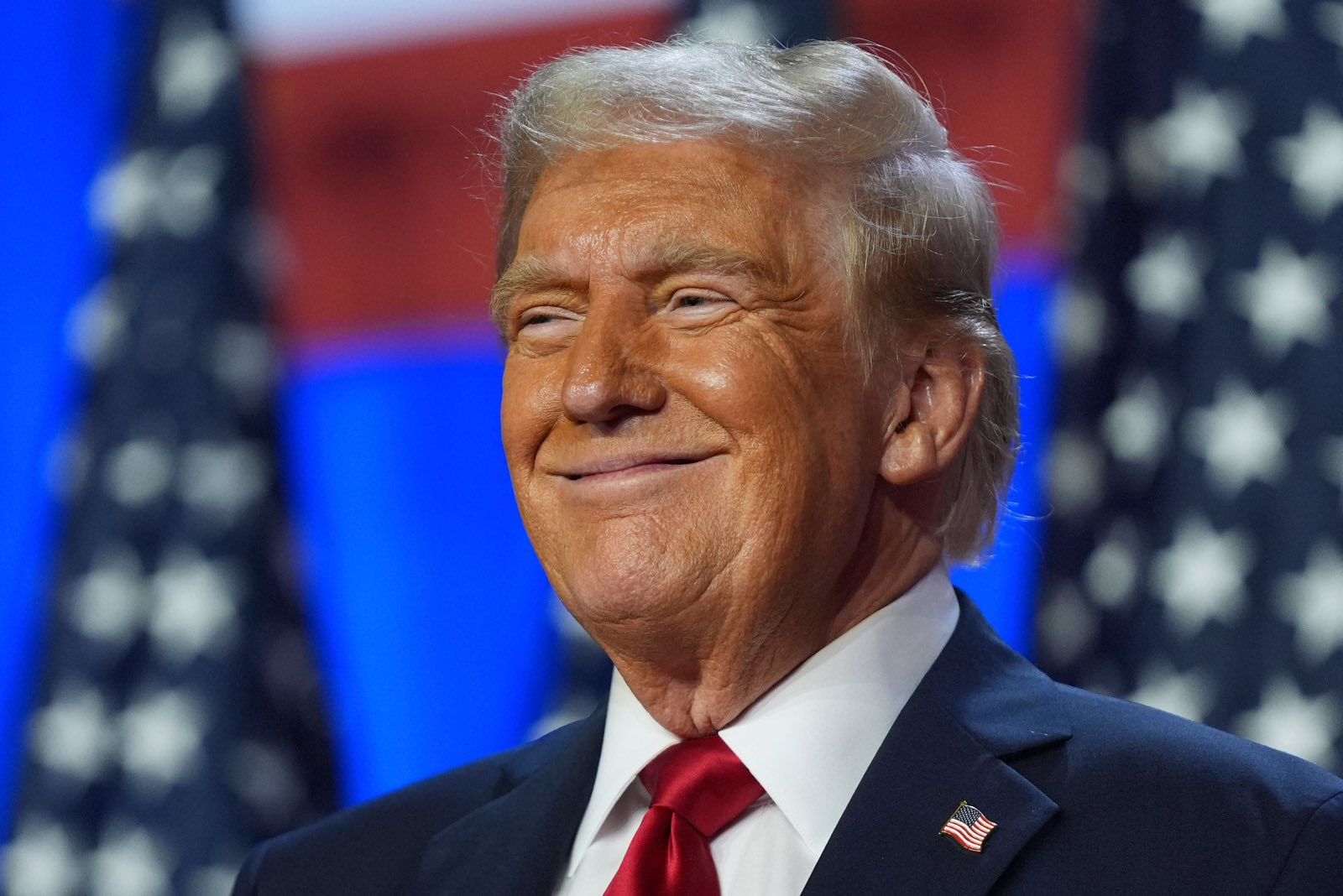
The Philippines is keen on taking advantage of “strategic opportunities” resulting from the imposition of 17-percent reciprocal tariffs on Philippine imports by the United States (US).
In a statement on Thursday, April 3, Department of Trade and Industry (DTI) Secretary Cristina Roque said the agency is currently monitoring and assessing the potential impact of the tariffs on the country’s economy.
Roque noted that, based on initial analysis, the direct impact is significantly less substantial compared to neighboring countries in the Association of Southeast Asian Nations (ASEAN).
Based on the list of reciprocal tariffs released by the White House on X (formerly Twitter), Cambodia was the hardest hit country in ASEAN, facing a 49-percent tariff during the so-called “Liberation Day” by US President Donald Trump.
Vietnam, which is steadily rising as an influential force in trade, was slapped with 46 percent.
Thailand (36 percent), Indonesia (32 percent), and Malaysia (24 percent) also faced higher tariffs compared to the Philippines.
Singapore, which has a trade surplus with the US, was the sole ASEAN member to meet the 10-percent baseline tariff.
The DTI chief said the imposition of a relatively low tariff on the Philippines has been expected, given its minimal trade deficit with American goods.
Based on data from the Office of the US Trade Representative (USTR), trade with the Philippines reached $23.5 billion last year, with a trade deficit of $4.9 billion.
In light of higher tariffs on neighboring countries, Roque said this places the Philippines in a better position in the region.
“The task at hand right now for DTI and other government agencies is how to act fast and take advantage of this new development,” she said.
The White House has clarified that there are a number of products that are exempted from the reciprocal tariffs, for now.
These products include those that are exported by the Philippines to the US such as semiconductors and copper ores.
According to the think tank Capital Economics, while Asian economies, in general, will be hit harder by Trump’s tariffs, the Philippines may reap some benefits.
“We previously argued that India and Indonesia could be the main beneficiaries, but the relatively low tariffs that exporters from the Philippines are now facing could mean that they will benefit, too,” Capital Economics head of Asia-Pacific Marcel Thieliant said in an April 3 report.
“From my perspective, I think this opens up a lot of opportunities for companies that are based in the countries with higher tariffs to look seriously at investing in the Philippines, to set up manufacturing facilities in the Philippines, to take advantage of our relatively much lower tariffs,” Secretary Frederick Go, Special Assistant to the President for Investment and Economic Affairs, for his part, told reporters in a chance interview.
“So it gives us nothing to worry about,” Go added.
Go said this development may even fast-track discussions for a free-trade agreement (FTA) with the US.
“We’ve always wanted to discuss an FTA. Of course, that’s always our desire. So, of course, we will bring that up as an opportunity for us to discuss an FTA. But, of course, it takes two [for] both sides to agree,” he said.
Department of Agriculture (DA) Secretary Francisco Tiu Laurel said the government is currently studying the tariff’s impact on agricultural commodities, given that these are not covered by exemptions.
In a press briefing, Laurel pointed out that the country’s competitors in imports to the US are fellow ASEAN members, who were hit with high tariffs.
“It just means that we should push for more sales into the US of our products,” he said.
The DA chief said the only other competitor for agri-based imports into the US is Ecuador, which is facing a 12-percent tariff.
While he maintained the Philippines’ competitiveness, Laurel said this “might be a concern” given the South American nation also produces similar fishery products such as tilapia and shrimp.
He added that coconut exports can also be more competitive, given the lower tariffs.
Based on DTI data, the US is a key export market for the Philippines, accounting for approximately 17 percent of the country’s total exports in 2024.
On the other hand, the US is seen as a major source of the country’s agricultural imports, accounting about 20 percent of its supply.
“In this context, we see an opportunity to deepen our strategic partnership with the US,” said Roque.
The Trade Secretary said she is seeking proactive engagement with the Trump administration to deepen the Philippines’ trade relationship with the US.
To further this objective, Roque said she will soon meet with her American counterpart, US Secretary of Commerce Howard Lutnick, to discuss trade relations between the two countries.
“Given our interconnected global economy, the Philippines believes that clear and predictable trade rules are essential for sustained growth,” the official said.
“We are committed to working closely with the United States to uphold these principles and ensure a mutually beneficial trade environment,” she added.
The DTI, in particular, aims to facilitate enhanced market access for US’ key export interests within the framework of a bilateral free trade agreement.
The agency said this will cover automobiles, dairy products, frozen meat, and soybeans.
Oil price impact
Domestic oil players anticipate that with Trump’s reciprocal tariffs in place, pump prices may find a slight relief.
“For oil, there could be a temporary drop in prices, in line with the market’s worries on the negative impact of tariffs on world economic growth and oil demand,” Leo Bellas, president of Jetti Petroleum, told Manila Bulletin.
“In the medium term, oil prices may go up due to the potential disruption in trade flows.
“It’s still a wait-and-see, given the concerns of possible supply reductions due to sanctions and refinery turnarounds in the region,” Bellas added.
(With reports from Ben Arnold de Vera, Derco Rosal, and Gabriell Christel Galang)